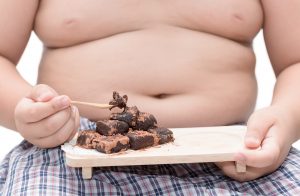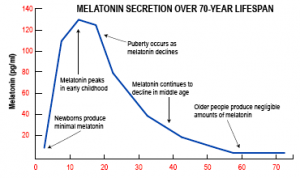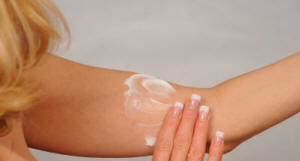A recent review by the American Cancer Society found that obesity fuels cancer development. As a matter of fact, what the researchers found was that younger millennials are more in danger of both getting obese and of getting obesity related cancers. Also, the rates of baby boomers with respect to obesity-related cancer were much lower than rates from millennials.
Results of the study showing obesity fuels cancer development
In like manner, as the summary by CNN shows, there is an increase of obesity and also an increase of various cancers of the population of millennials versus the same age group among baby boomers. As an illustration, take pancreatic cancer, one of the obesity related cancers. Normally it occurs in people above the age of 65. Here is the increase of frequencies according to age group:
Ages 25 to 29: 4.34% increase.
People aged 30 to 34: 2.47% increase.
Age bracket 35 to 39: 1.31% increase.
Those aged 40 to 44 years: 0.72% increase.
With this in mind you can see clearly that the younger age group is at a higher risk for developing pancreatic cancer. Certainly, the problem is that obesity in children has become more rampant and this has led to early obesity by the age of 35. The other side of the coin in this case is an increased pancreatic cancer rate.
Other cancers that are obesity-related
Indeed, 6 out of 12 obesity related cancers have shown an increase in frequency because of increasing obesity. These cancers are: multiple myeloma, colorectal cancer, uterine cancer, gallbladder, kidney, and pancreatic cancer.
Notably, people born around 1985 had a higher rate of multiple myeloma and kidney cancer than people born around 1950. Multiple myeloma was 1.59-fold higher and kidney cancer 4.91-fold higher in the group of people born around 1985 in comparison to people born around 1950.
Cancer associated with obesity, but may not be caused by obesity
MD Anderson Cancer Center’s Dr. George Chang, who was not associated with the analysis cautioned: “The study was not set up to establish causation. We know there are many factors that have an association with both obesity and cancer, such as lack of exercise and poor diet. How much each of those factors contribute to cancer is less clear.” Specifically, the study found that the rate of obesity-related cancers in millennials now is about double the rate of what it was in baby-boomers at the same age.
Discussion of the obesity and cancer problem
- First of all, obesity is now starting in childhood, teenagers and young adults. 5 of the 6 obesity related cancers (colorectal, uterine, gallbladder, kidney and pancreatic cancer) have increased in the younger population. These require mostly surgery and according to Dr. Chang, who is an oncological surgeon, complication rates are higher among obese patients. Dr. Chang added that chances are also that complications will be more severe.
- Secondly, we need government-sponsored programs to reverse the obesity trend. This should include changing the diet from the Standard American diet (essentially junk food) to a Mediterranean diet. There should be an elimination of sugar and starchy foods or the use should be just a bare minimum. Reducing or even eliminating red meat is definitely necessary. The WHO has determined that beef, pork and lamb are causing cancer, because they contain weak carcinogens. Coupled with this is the necessity to initiated regular exercise programs.
- Thirdly, fatty tissue in obese patients release growth factors and proteins that function as hormone-like factors stimulating cell growth. These factors stimulate any carcinogenic process. Researchers are still actively working on analyzing this process further.
Conclusion
Childhood obesity has already had the result that obesity-related cancers (multiple myeloma, colorectal cancer, uterine cancer, gallbladder, kidney, and pancreatic cancer) occur at a younger age and more frequently. The cancer rate among obese millennials now is already double the number of what the baby-boomers was at the same age. The key is to treat obesity aggressively with regular fitness programs and with a major diet shift. We know what caused the obesity wave. It is overconsumption of sugar, junk foods, starchy foods, processed foods and fat overuse.
A major change in diet
This means the kids need to cut out sugar. An alternative is to sweeten only with stevia, if they need a sweet taste. They also need to cut out starchy foods like potatoes, pasta, rice, bread and processed food. Processed food contains a lot of sugar and gluten from wheat. Gluten and sugar both stimulate the appetite center. This is what we want to avoid. What remains is a Mediterranean diet without the junk from the North American diet. You end up eating a lot of vegetables, salads and fruit. Fish is a good protein source, poultry as well. Implementing these changes will show positive results for the health of the entire population, not only the millennials.









